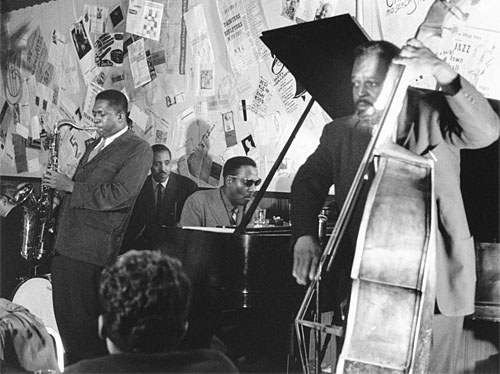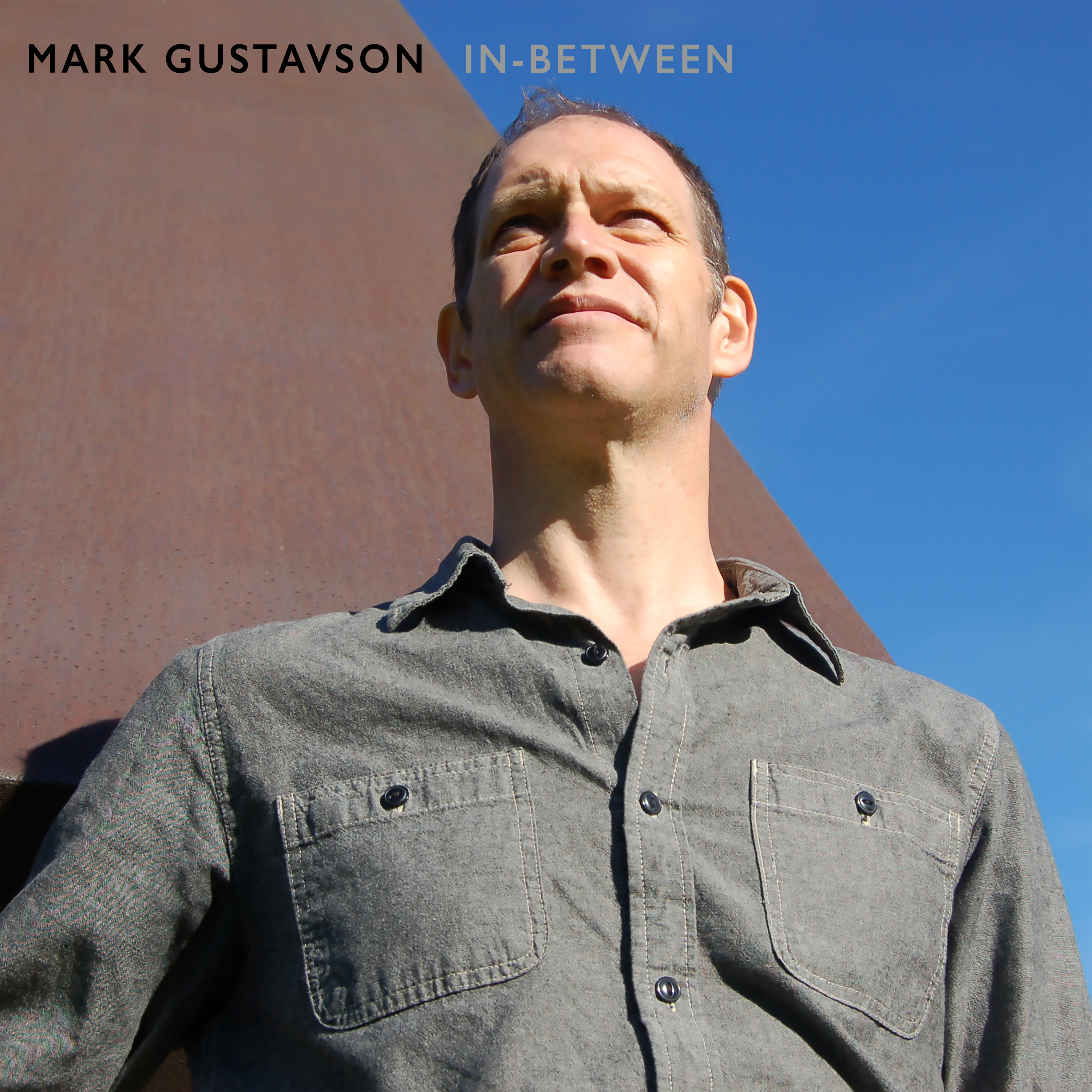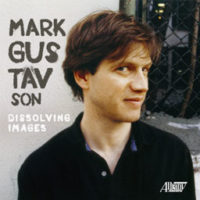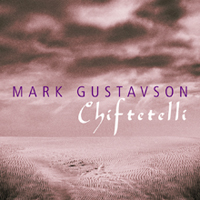I Will not Lament Over Lament
When I undertook this self-inflicted project, it occurred to me that composing a work that involved theatrical elements would be difficult or even impossible to get performed (as if composing a chamber work of this size without theatrical elements would be any easier to get performed). I forged ahead. I have called the work a monodrama for lack of a better word and it is an accurate word for what the piece is. It is a staged chamber work featuring a solo singer. The stage suggests the inside of a mid-1950’s Manhattan jazz club. There is a bar, audience, and ensemble on a stage. There is a solo bass/baritone whose part implies some acting though I give very little direction. The small chamber ensemble consists of a bass clarinet, piano, percussion and contrabass, and a small female chorus who double as the club’s audience. The text is “Lament” by Dylan Thomas. The duration is 50 minutes.

The soloist is a dramatic role. Though I give minimal direction I do suggest the soloist use the text and the music to suggests his dramatic direction. The role can be simple and direct or more involved.
The overall shape of the work is simple. It starts out with exuberant youthful energy and over the course of the work grows somewhat somber. The work is in seven movements and two are purely instrumental (I. and V.). The seven movements are grouped in three parts representing the past, present, and future.
The opening, Prelude, is a piano solo with obbligato improvised bottle wind chimes in the percussion heard infrequently but whose effect is to create a club ambiance.
The Prelude segues into the second movement that uses the first stanza of “Lament.” All forces are used. The singer and the music are aggressive, exuberant forceful. The second movement segues into the third movement and is based on the second stanza. The music and energy are similar but more focused. The bass clarinet is left out. The fourth movement begins after a slight pause and uses the third stanza of the poem. The fifth movement which ends the second part (Present) is purely instrumental and represents a turning point in the piece and is based on a rondo. The last two movements each stand alone and have a sullen quality. The greatest amount of pulling back in energy occurs in these two movements. The last movement only involves the soloist, bass clarinet, and contrabass.
Lament represents a man’s sexuality throughout his life. In his brusque youth, there is great activity but as life progresses his desires and/or abilities lessen and sexual prowess diminishes. As a result, a transformation occurs and he settles down with a wife and family and a new outlook.
This is the opening movement, Prelude:



